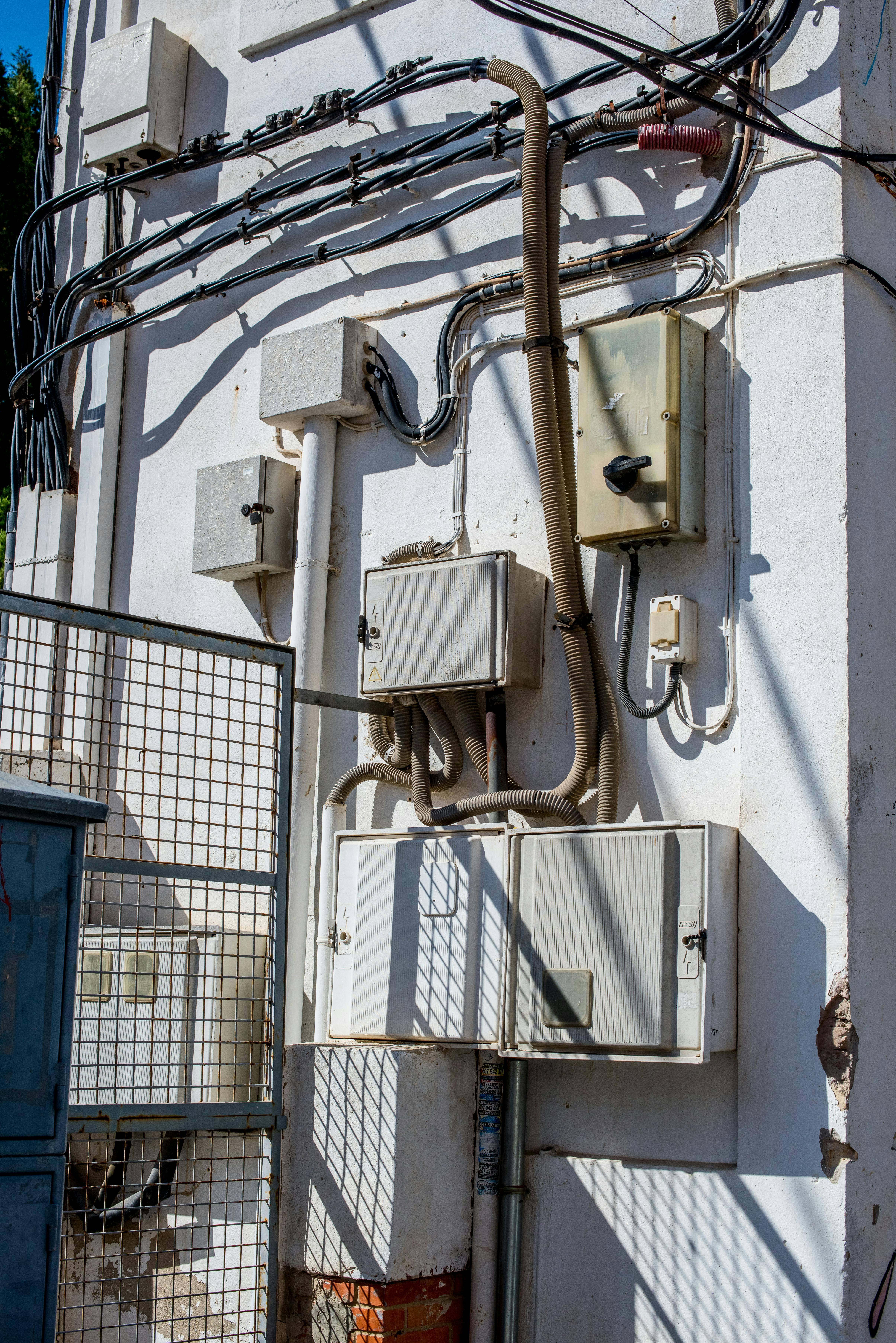Did you know that proper moisture control in safes is crucial for maintaining the longevity of your valuables? Without effective moisture control, items such as important documents, jewelry, and firearms may be susceptible to rust and corrosion over time. In this article, we will discuss the importance of moisture control in safes and provide you with tips on how to prevent rust and other forms of damage to your valuables. Let’s get started!

This image is property of images.pexels.com.
Why is Moisture Control Important in Safes?
When it comes to storing valuables in a safe, many people focus on factors such as security and fire protection. However, moisture control is equally important, if not more so. Moisture can accumulate inside a safe due to various reasons, such as changes in temperature and humidity, poor ventilation, and improper sealing. This excess moisture can lead to the formation of rust on metal items, mold on paper documents, and deterioration of other valuables.
Ensuring that your safe has proper moisture control measures in place is essential for preventing these issues and preserving the integrity of your valuables. By taking proactive steps to control moisture, you can extend the lifespan of your items and protect them from irreversible damage.
How Does Moisture Lead to Rust in Safes?
One of the main concerns associated with excess moisture in safes is the development of rust on metal items. Rust is a form of corrosion that occurs when iron and steel materials come into contact with oxygen and water. When these conditions are present, a chemical reaction occurs, causing the metal to deteriorate and form a reddish-brown coating known as rust.
Rust can be extremely detrimental to items stored in safes, such as firearms, tools, and jewelry. Once rust starts to form, it can spread quickly and compromise the structural integrity of the affected items. Preventing rust in safes requires implementing effective moisture control methods to minimize the presence of moisture and humidity inside the safe.
How to Prevent Rust in Safes
To prevent rust from forming on your metal valuables in safes, consider the following tips:
-
Use Desiccants: Place desiccants, such as silica gel packs or activated charcoal, inside your safe to absorb excess moisture and maintain low humidity levels. Change the desiccants regularly to ensure they remain effective.
-
Install a Dehumidifier: Invest in a dehumidifier specifically designed for safes to regulate the humidity levels inside the safe. Dehumidifiers help remove moisture from the air, preventing rust and other forms of corrosion.
-
Monitor Humidity Levels: Use a hygrometer to monitor the humidity levels inside your safe regularly. Ideally, the humidity should be kept below 50% to prevent rust and mold growth. Adjust the moisture control measures as needed to maintain optimal humidity levels.
By following these preventive measures, you can minimize the risk of rust affecting your metal valuables in safes and ensure that they remain in excellent condition for years to come.

This image is property of images.pexels.com.
Addressing Moisture Control Issues in Safes
If you have noticed signs of moisture inside your safe, such as condensation, musty odors, or visible rust on items, it is essential to address the issue promptly. Ignoring moisture control problems can result in irreversible damage to your valuables and compromise the security of the safe itself.
Steps to Address Moisture Control Issues
Here are steps you can take to address moisture control issues in your safe:
-
Remove and Inspect Valuables: Remove all items from the safe and inspect them for any signs of damage due to moisture exposure, such as rust, mold, or water stains. Clean and dry the items thoroughly before returning them to the safe.
-
Ventilate the Safe: Place the safe in a well-ventilated area to allow for air circulation and reduce humidity levels. Opening the safe door periodically can also help ventilate the interior and prevent moisture buildup.
-
Check Seals and Gaskets: Inspect the seals and gaskets around the door of the safe for any signs of wear or damage. Replace any worn seals to ensure a tight and secure seal that prevents moisture from entering the safe.
-
Add Silica Packets: Place silica gel packets inside the safe to absorb excess moisture and improve ventilation. Silica gel is a desiccant that can help control humidity levels and prevent rust from forming on metal items.
-
Consider Professional Help: If you are unable to resolve the moisture control issues on your own, consider seeking professional assistance. Safe technicians can inspect the safe, identify the source of moisture, and recommend effective solutions for resolving the problem.
By taking proactive steps to address moisture control issues in your safe, you can prevent further damage to your valuables and maintain a safe and secure storage environment.
Implementing Effective Moisture Control Strategies
To ensure the longevity of your valuables and protect them from rust and other forms of damage, it is essential to implement effective moisture control strategies in your safe. By following these tips and recommendations, you can create an optimal storage environment that minimizes the risk of moisture-related issues and preserves the integrity of your items.
Best Practices for Moisture Control in Safes
Consider the following best practices for implementing effective moisture control in safes:
-
Choose the Right Location: Place your safe in a cool, dry area away from sources of heat and moisture, such as windows, vents, and water pipes. Optimal storage conditions can help prevent moisture buildup and protect your valuables from damage.
-
Use Rust Inhibitors: Apply rust inhibitors, such as silicone spray or corrosion-resistant coatings, to metal items stored in the safe. These products can create a protective barrier that prevents moisture from coming into contact with the metal and causing rust.
-
Opt for Climate-Controlled Safes: Consider investing in a climate-controlled safe that features built-in humidity controls and temperature settings. Climate-controlled safes are designed to regulate the internal environment, keeping humidity levels low and preventing moisture-related damage.
-
Regular Maintenance: Conduct regular maintenance of your safe, including cleaning, lubricating hinges and locks, and checking seals for tightness. Proper maintenance can help identify potential moisture control issues early on and prevent damage to your valuables.
By incorporating these strategies into your safe storage routine, you can establish an effective moisture control system that safeguards your valuables and ensures their longevity for years to come.

This image is property of images.pexels.com.
Conclusion
In conclusion, effective moisture control is essential for ensuring the longevity of your valuables stored in safes. By addressing moisture-related issues and implementing preventive measures, you can protect your items from rust, mold, and other forms of damage. Remember to monitor humidity levels, use desiccants and dehumidifiers, and address any moisture control problems promptly to maintain a safe and secure storage environment.
We hope this article has provided you with valuable insights on the importance of moisture control in safes and how you can prevent rust and corrosion from affecting your valuables. By following the tips and recommendations outlined in this article, you can safeguard your items and enjoy peace of mind knowing that they are well-protected in your safe.